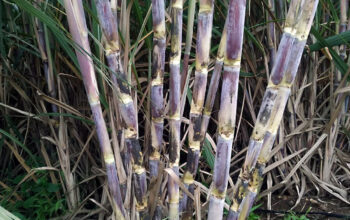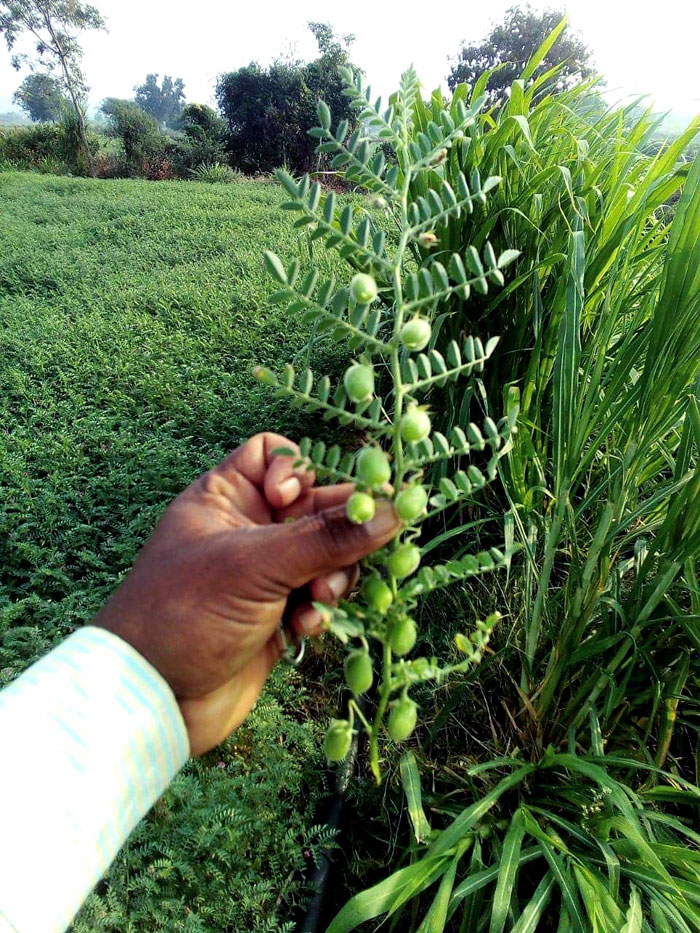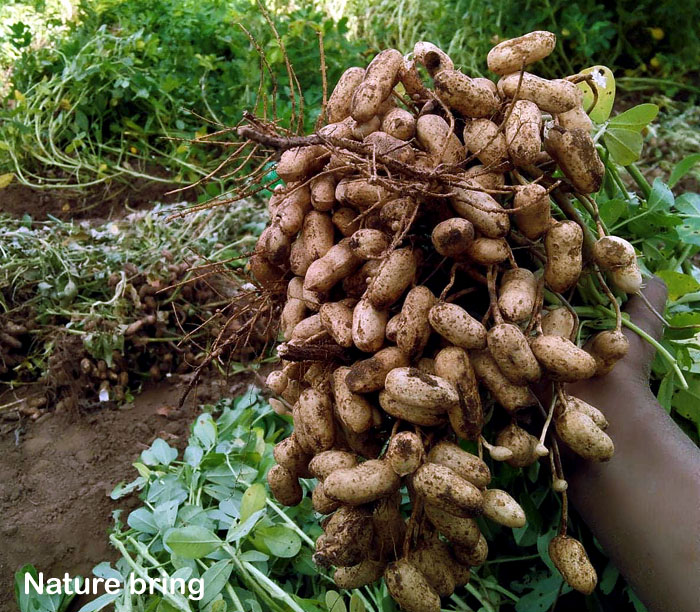Cotton Plant (Gossypium)
In terms of natural fibre production, cotton makes up about 80% of world production. Cotton is a major oilseed crop and is also an important protein source for animals where it is cultivated. For this reason, cotton is of great importance to agriculture, industry, and trade, particularly in tropical and subtropical countries like Africa, Asia, and South America. Cotton plants (Gossypium) are perennial shrubs that are typically grown as annuals. Plants usually reach between 1 and 2 meters in modern cropping systems, and sometimes higher in traditional, multiannual cropping systems, which have largely disappeared. Three to five lobes are present on the leaves. Two types of fibre surround each seed inside a capsule called a “boll.” Ginning is used to separate these fibres from the seed, which are more commercially valuable.
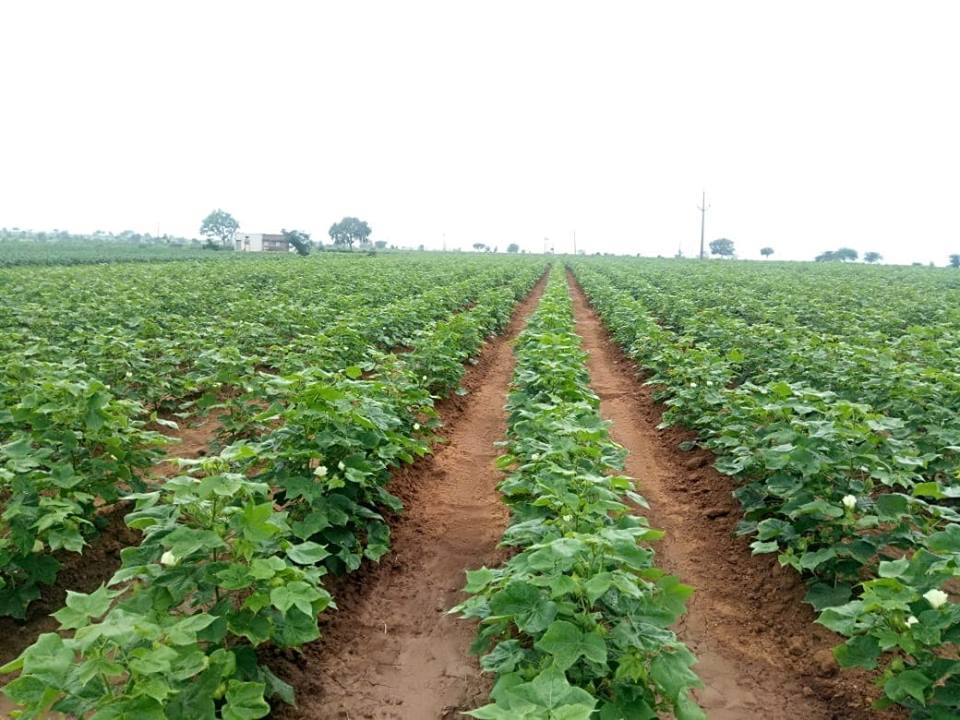
Overview Cotton Plant
Scientific name Gossypium
Common name Cotton Plant, Bourbon cotton.
Plant Annual shrub
Sun required Full Sun
Soil Sandy loam soils
Soil pH 5.8–8.0
Zone 8-11
How to Grow and Care Cotton Plant
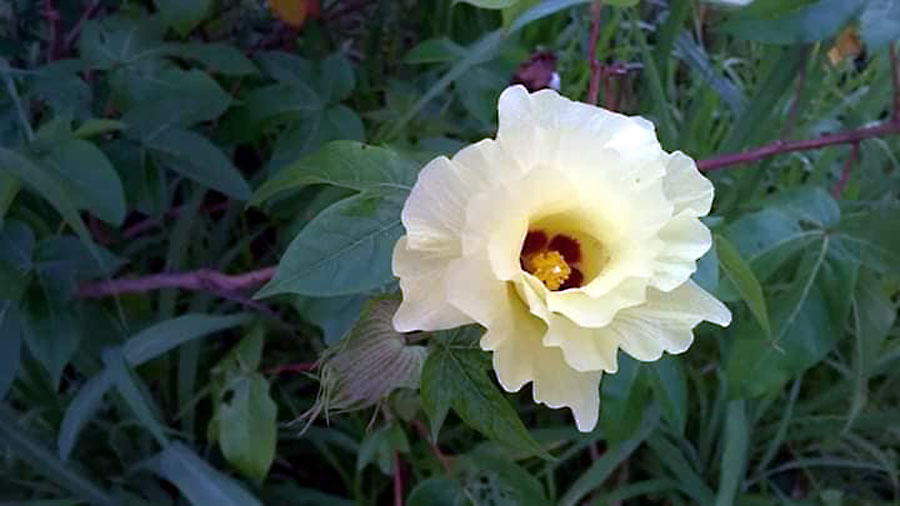
The cotton crop is harvested in the autumn. The crop is planted outside in the spring after the threat of frost has passed. There are only specific growing conditions for cotton that are conducive to its commercial cultivation. In order to achieve a good yield, cotton seeds must be purchased fresh and selected carefully.
Growing from seeds
Place about three cotton seeds on top of the soil, and then cover them with one to two inches of potting mix. Since not all seeds are able to germinate, you want to put two seeds in each hole to ensure that you get plants in each row. Young cotton plants need as much warmth and light as they can get in order to grow, so they tend to be weak when they’re young. Make sure the soil is moist by letting it receive sunlight and adding water to the upper portion of the soil as required. In order to speed up and ensure germination, you can soak cotton seed in warm water overnight and then water it directly into the soil. You should see sprouts start to appear within seven to ten days.
Soil
Farmers generally grow the crop on medium to deep black clayey soils, although they may also use irrigation to grow it on sandy or sandy loam soils. Soils with excellent water retention are best for growing cotton. The crop does well in almost any soil that drains well. The soils most likely to produce high yields are deep, well-draining sandy loams with adequate clay, organic matter, and a moderate concentration of nitrogen and phosphorus. Loamy soils with a high calcium carbonate content often provide the best yields. The drainage of water is generally improved by a gentle slope.
Sunlight
During the growing season, cotton requires a long, warm climate to mature properly. This crop requires abundant sunlight in order to grow. A container-grown cotton plant can also be grown indoors because it does well in containers. If you want it to be productive, you’ll need to provide it with supplemental light. The cotton seedlings should also be rotated in the pot of indoor-growing cotton plants so that they grow uniformly.
Watering
To maintain optimal cotton plant care, be sure to water the plants continuously during the summer months. Pollen will turn the creamy, white flowers pink after they have been pollinated. During this period, the plants will begin to produce a boll (which is the cotton ball). To ensure adequate production and growth, water is needed throughout this entire process. Water your cotton plants, but do not overwater them. They are susceptible to diseases caused by too much water. Water is of particular importance during the development of the boll.
Temperature and Humidity
The ideal temperature for cotton plants to grow and develop lies between 20 and 32 degrees Celsius, since it is a hot climate crop. The germination rate of cotton seeds is low if the soil temperature is below 60°F (15 °C). Temperatures between 70 and 100°F (21-37°C) are ideal for active growth. Temperatures above 100°F do not encourage plant growth.
Humidity between 60 and 80 percent is ideal for cotton plants, as they prefer warm and humid conditions.
Fertilizer
Cotton prefers nitrogen and potash and is a heavy feeder. Additionally, fish emulsion or organic fertilizer is appreciated. In general, gardeners should use fertilizers with twice the phosphorus of potassium or nitrogen. Your cotton plants will be well-served by organic fertilizers designed for tomatoes.
For Pin:


